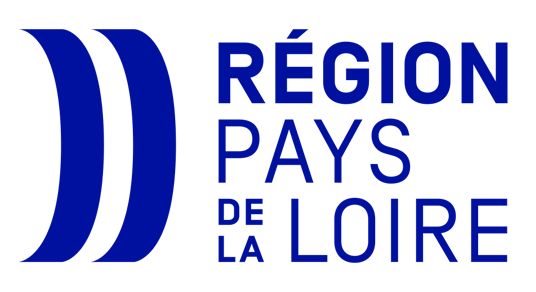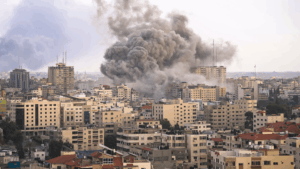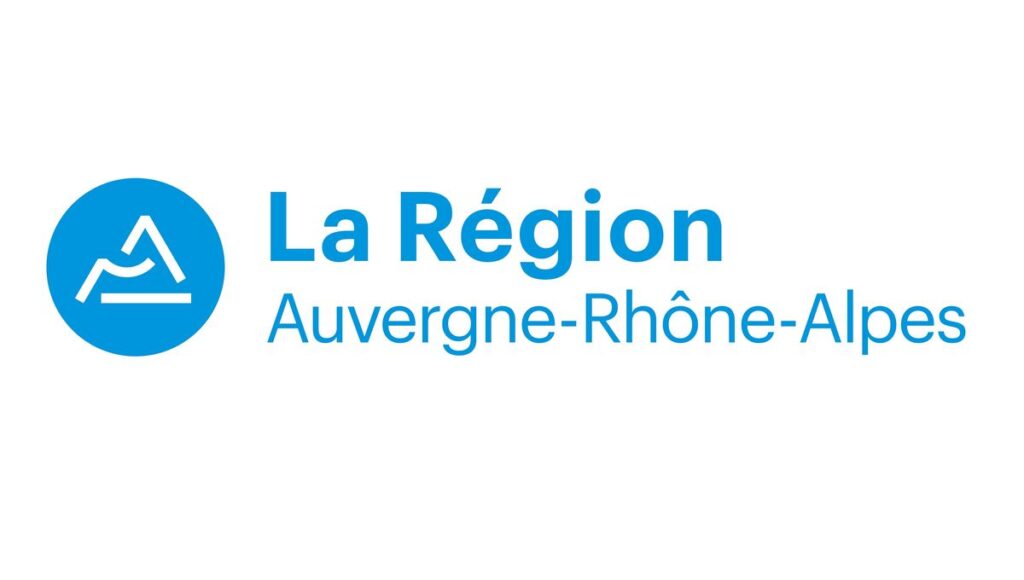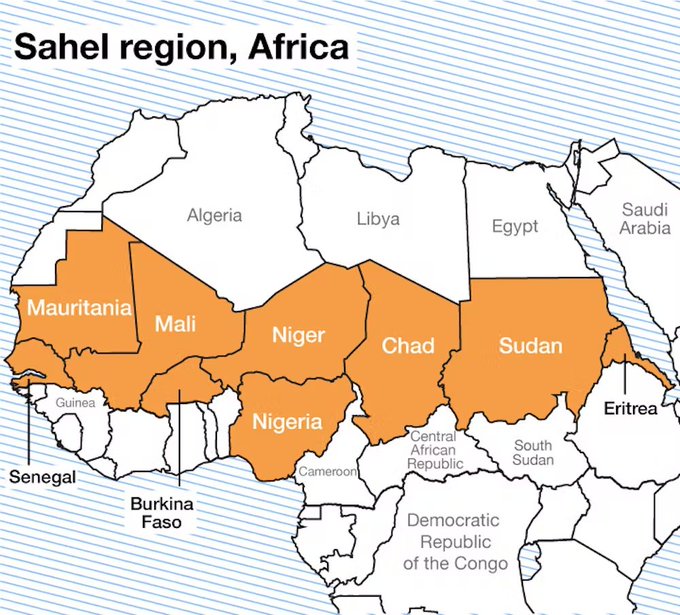The Sahel is a semi-arid region located south of the Sahara Desert and north of the tropical savanna, crossing several countries in West and Central Africa. It serves as a transition zone between the dry Saharan desert and the more fertile regions to the south. The Sahel is often defined as a band of land stretching from west to east, from Senegal in the west to Eritrea in the east, although the exact definition varies slightly depending on the context. The countries of the Sahel include: Senegal, Mauritania, Mali, Burkina Faso, Niger, Chad, Sudan, Libya (partially), and Eritrea (partially).
Climate Change
The Sahel is highly vulnerable to climate change, which is exacerbating the region’s already harsh environmental conditions. Severe droughts are becoming more frequent, reducing water availability and agricultural production. These droughts often lead to poor harvests, threatening the livelihoods of local farmers and pastoralists. Additionally, desertification is increasing, turning fertile lands into barren areas, making farming even harder. Rising temperatures are also putting more strain on already scarce resources. This situation has a direct impact on food security and increases competition for water and land.
Armed Conflicts and Instability
The Sahel is a hotspot for violent conflict, driven by political, ethnic, and religious tensions. Groups like Al-Qaeda and ISIS have established a strong presence in the region, taking advantage of weak governance. These extremist groups carry out frequent attacks on civilians, security forces, and infrastructure. At the same time, ethnic violence between groups such as the Fulani, Tuareg, and Arabs is on the rise. The struggle for resources, especially land and water, often escalates these tensions. The consequences are severe, with millions of people displaced, creating a humanitarian crisis. Despite international interventions, including the G5 Sahel Joint Force and Operation Barkhane, the security situation remains unstable, and violence continues to affect civilians.
Food Insecurity and Humanitarian Crisis
Food insecurity is a major issue in the Sahel. Climate change, poor harvests, and conflicts have created a dire situation where millions of people face hunger. Regular droughts and erratic rainfall prevent reliable food production. As a result, food prices rise, and access to basic nutrition becomes more difficult. Children and pregnant women are especially vulnerable to malnutrition. Humanitarian aid is essential but often hard to deliver due to ongoing conflicts. International organizations like the World Food Programme and Doctors Without Borders are working to provide food and medical assistance, but the scale of need often exceeds available resources.
Migration
Migration is another significant issue in the Sahel. Many people are fleeing poverty, conflict, and the effects of climate change. The Sahel is a key origin point for migrants heading towards Europe. They often face dangerous journeys, risking their lives in search of better opportunities. Many attempt to cross the Mediterranean, but many drown or suffer abuse during the journey. There is also significant internal displacement within the Sahel. People fleeing violence and environmental disasters are moving to urban centers or other areas in search of safety and food. However, this increases pressure on already scarce resources in these places. As a result, local conflicts over resources become more common. The international community provides some support, but migration management remains a challenge.
Limited Economic Development
The Sahel remains one of the poorest regions in the world. Poverty is widespread, with most people living on less than $2 a day. The economy relies heavily on agriculture and livestock farming, but these sectors are severely affected by climate change and conflict. Agriculture, which is already fragile, is further undermined by desertification and unpredictable rainfall. As a result, food production is unreliable, and farmers struggle to make a living. Access to basic services like healthcare, education, and infrastructure is also limited. Although there are some efforts to encourage investment, such as in the mining and energy sectors, insecurity and political instability deter long-term economic growth. Aid from international organizations plays a crucial role, but it is not enough to address the scale of the region’s needs.
International community
The international community, notably through the United Nations, the European Union, and initiatives such as the G5 Sahel Joint Force (composed of Mali, Niger, Burkina Faso, Mauritania, and Chad), is working to address these challenges by providing humanitarian aid, security efforts, development, and supporting the resilience of populations facing crises. However, the challenges remain enormous, requiring ongoing and strengthened cooperation to improve living conditions in this fragile region.
In conclusion, the Sahel faces a complex combination of challenges. These issues—climate change, conflicts, food insecurity, migration, and limited development—are deeply interconnected. Addressing these problems requires coordinated efforts from both local governments and the international community. Sustainable solutions are needed to improve the lives of the people in this vulnerable region.










